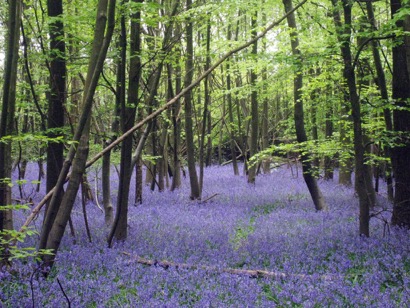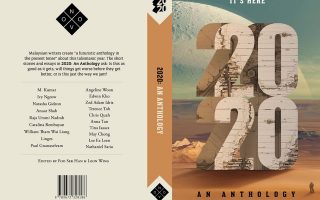“Art is not what you see, but what you make others see.” – Edgar Degas
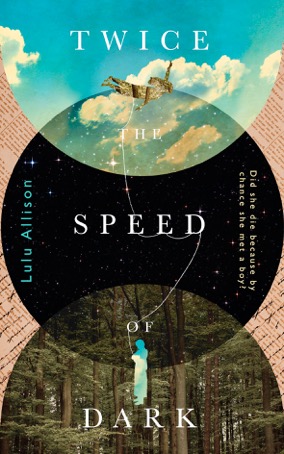 Lulu Allison is a Brighton-based artist and writer. Before she started writing she had already been an established artist.
Lulu Allison is a Brighton-based artist and writer. Before she started writing she had already been an established artist.
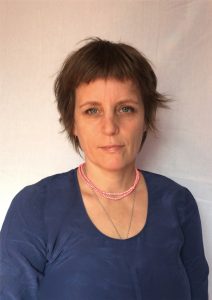
Twice the Speed of Dark
is told from the viewpoint of Caitlin, killed by violent boyfriend Ryan. Ten years on, her mother Anna is still burdened by suppressed grief. Dismayed by the indifference in the news to people who die in distant war and terror, Anna writes portraits of the victims, trying to understand the real impact of their deaths. It is only through these acts of love for strangers that she can allow herself an emotional connection to the world. Anna’s uneasy equilibrium is disrupted when Ryan is released from prison. As her anger rises will Anna act on her desire for revenge, or will she find freedom at last from the terrible weight of grief? And will Caitlin reclaim herself from the brutality that killed her?
Lulu Allison’s self-discovery
unexpectedly made her transition from visual artist to a writer as an indirect result of the Boston Marathon Bombing in 2013. It was triggered by her curiosity for why the news offered reasons to care about victims of the Boston bombing when the names of those who died in Iraq or Afghanistan were not released. Why were some victims unseen and others offered up for public grieving? Lulu began what she thought of as an art project, writing portraits of the nameless victims in the news. It became clear that writing offered a means of expression that didn’t exist in art. She expanded the portrait writing; the result was her first novel, Twice the Speed of Dark.
Art by Lulu Allison
in a gallery in Cardiff, from her pre-writing days. They are site-specific installations, newspaper and bamboo structures, part of a series called Vagabond Palaces because they are made of waste newsprint.
“I liked the idea that waste becomes something valuable because something is removed from it (the cut holes) and I thought too that it is a vagabond material, transient, overlooked.”
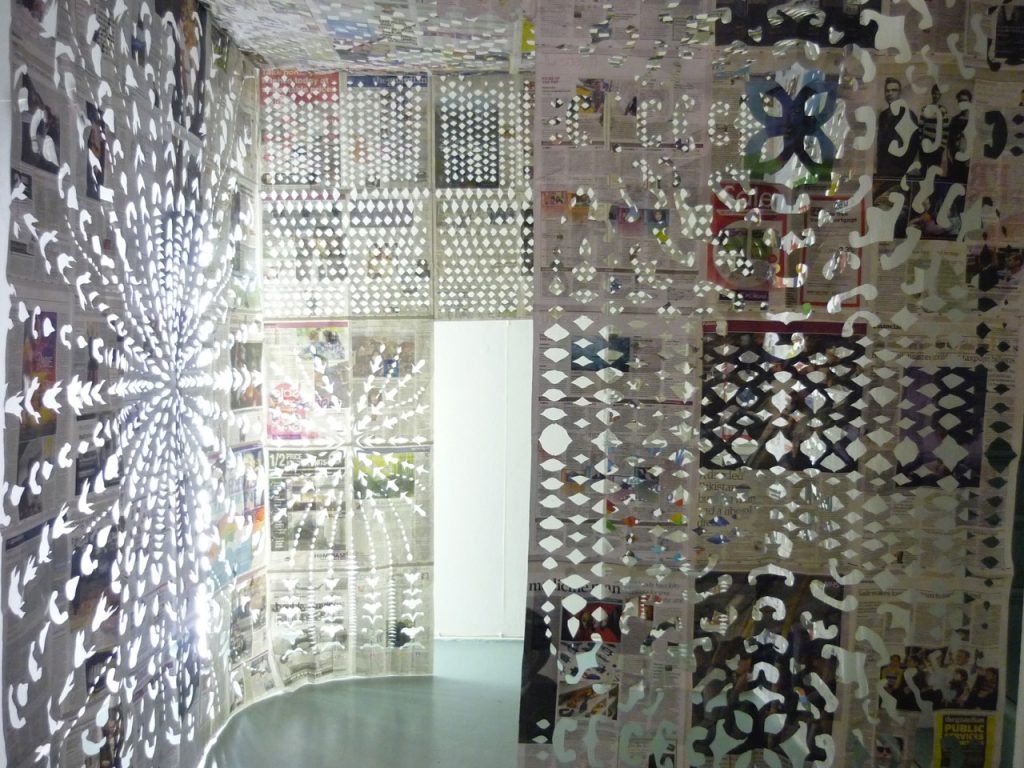
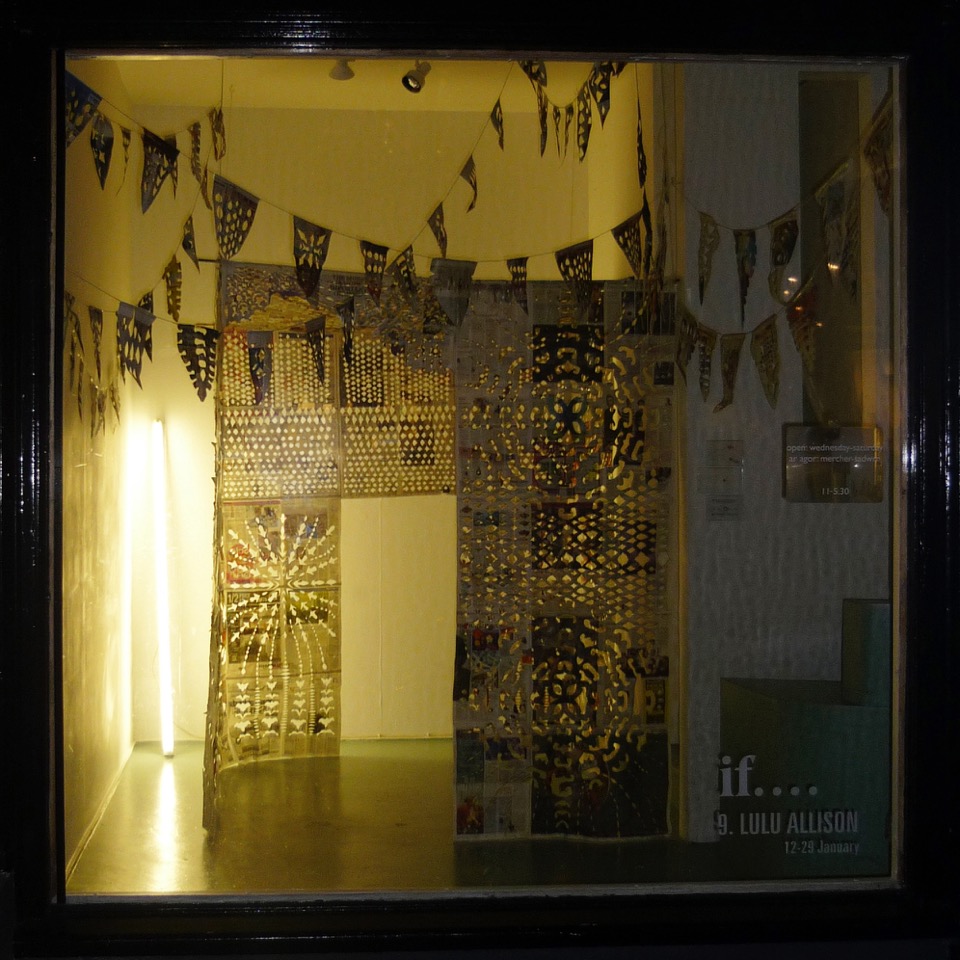
There are three types of art in literature:
1/ art for art’s sake
Is the purest form of art. There is no one best to represent this than Shakespeare whose literature was to entertain, and not just the esoteric few, but the masses. Shakespeare’s plays were exercises in realism. There was no intention to reform or to revolt against the evils of society or the ruling party. Yet being a true artist, his insights and portrayal of the human condition and the conflicts in his tragedies, histories or comedies are true to character and filled with empathy.
2/ art for social purposes
is for spreading or instilling social ideas. In poor countries, with corrupt, inept governments, art is used as a device through which social ideas are spread, through billboards, public art, printed material such as leaflets. Keats, Tennyson, Ezra Pound, T.S. Eliot and Edgar Allan Poe are of the view that society is influenced by propaganda, which is when artistic licence is taken to spread social ideas.
3/ art for morality
is the positive end of art for social purposes. Dickens, Bernard Shaw, Walt Whitman, Mark Twain, Harriet Beecher Stowe, Upton Sinclair, John Steinbeck, Balzac, Stendhal, Flaubert, Victor Hugo; Goethe; Cervantes; Tolstoy, Gogol, Dostoevsky speak the truth through their fiction: the truth being their despair and opposition of oppression, fatalism, passivity, and submission to the societal flaws. Twice the Speed of Dark by Lulu Allison is a novel which comes into this third category as there are themes of grief, domestic violence and disorder which ultimately examine the moral and emotional conscience.
This is another example of Lou’s site-specific non-gallery based art from a series called Entropy: Value-Added.
“Again, it was thinking about value, and I loved the bombastic idea that I was adding value to decay. There is something beautiful in that for me. This is essentially street art, but I called it feral, because I felt it had escaped from the studio back into the wild. I guess it suits Anna’s interest in the accidental too.”
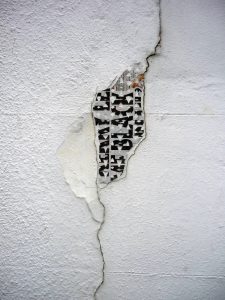
Anna, the grieving mother in Twice the Speed of Dark seeks solace in the viewing of public art at the Tate, but makes the weary re-discovery that her “passion for art has gone” and that “Twentieth-century art… looks tired, more tired than her even.” Yet she stands back, passive, she feels she has outgrown that passion and is unmoved by the passion invoked by one of the trustees, energetic Eva, of the arts organisation.
Also in the same chapter, we see from the viewpoint of the late Caitlin bonding with her mother Anna in a flashback.
“It was easy to absorb her joyfulness, and soon Dad and I were as elevated as she… Today’s happy evening was brought to you by the colour purple.”
Caitlin describes her pride for her mother being an art history lecturer, who
“spent her life looking at paintings, artworks, filling her eyes with arrangements that had been created, if not inevitably to please the eye to fill it.
“…But she did offer the chance to share in her looking. Look, Caitlin how beautiful it is! It might be a distant view… it might be something I couldn’t spot at all.”
These scenes in Chapter 4 are firstly symbolic of art which bring people, in this case, family together. It is something that grows up and grows old with us. Secondly, these scenes depict also that in literature, art becomes a habit, a theme, an inspiration both for memory and storytelling.
Author’s Biography:
Lulu Allison has spent most of her life as a visual artist. She attended Central St Martin’s School of Art then spent a number of years travelling and living abroad. Amongst the bar-tending and cleaning jobs, highlights of these years include: in New Zealand, playing drums for King Loser and bass for Dimmer. In Germany, making spectacle hinges in a small factory. In Amsterdam painting a landmark mural on a four storey squat and nearly designing the new Smurfs. In Fiji and California, teaching scuba diving. After a decade of wandering, she returned to the UK, where she had two children and focused on art. She completed a fine art MA and exhibited her lens-based work and site-specific installations in group and solo shows. In 2013 what began as an art project took her into writing and she unexpectedly discovered what she should have been doing all along. Twice the Speed of Dark is her first book, published by Unbound. She is currently writing a second novel, called Wetlands.
You can find Lulu Allison here. Check out her new novel Twice the Speed of Dark paperback version here and the kindle version here. Check out my new paperback award-winning novel Cry of the Flying Rhino here, kindle version here.
